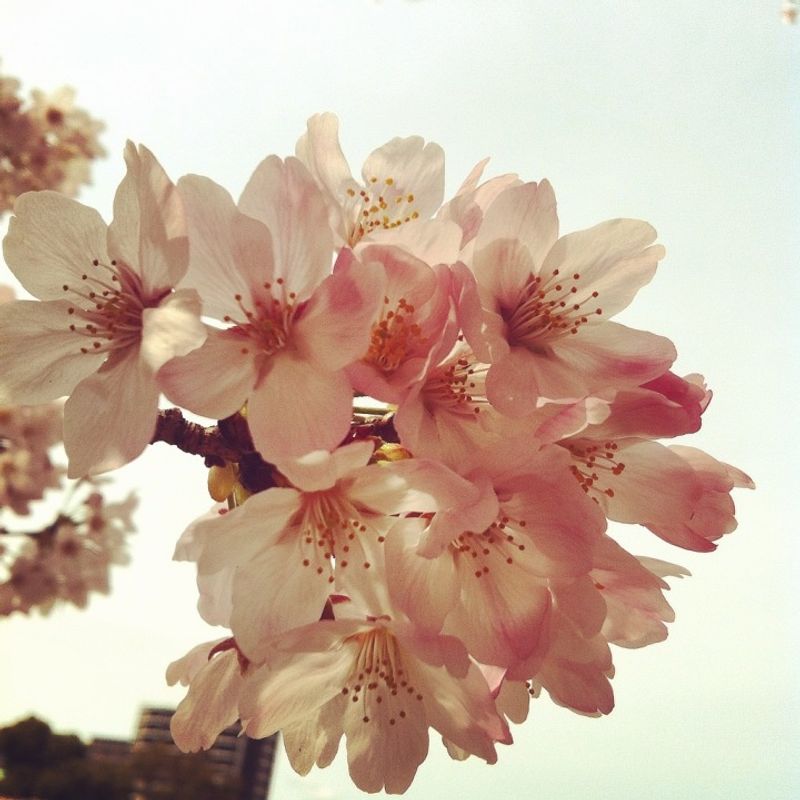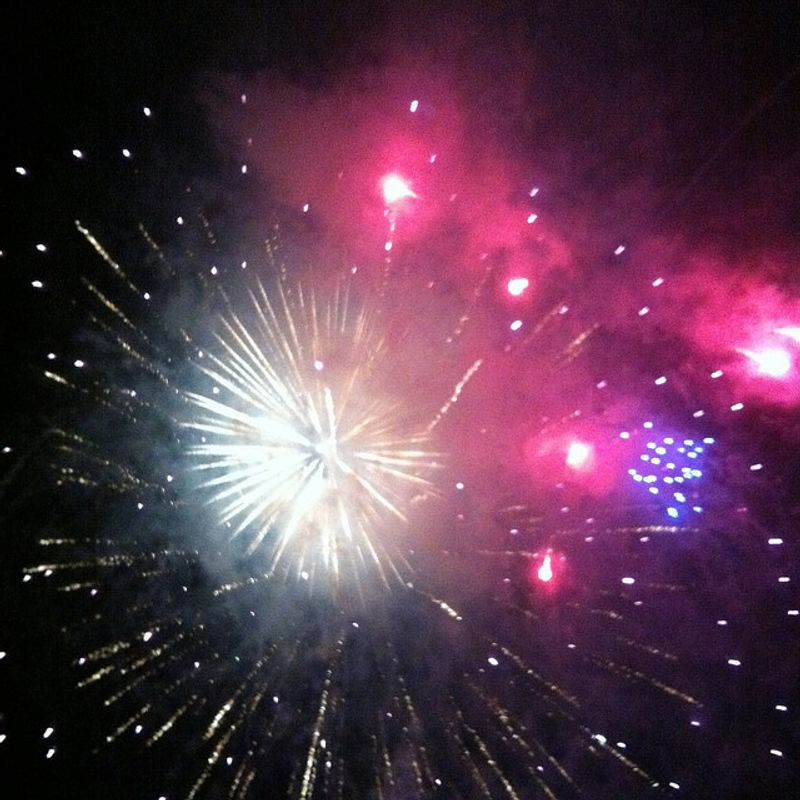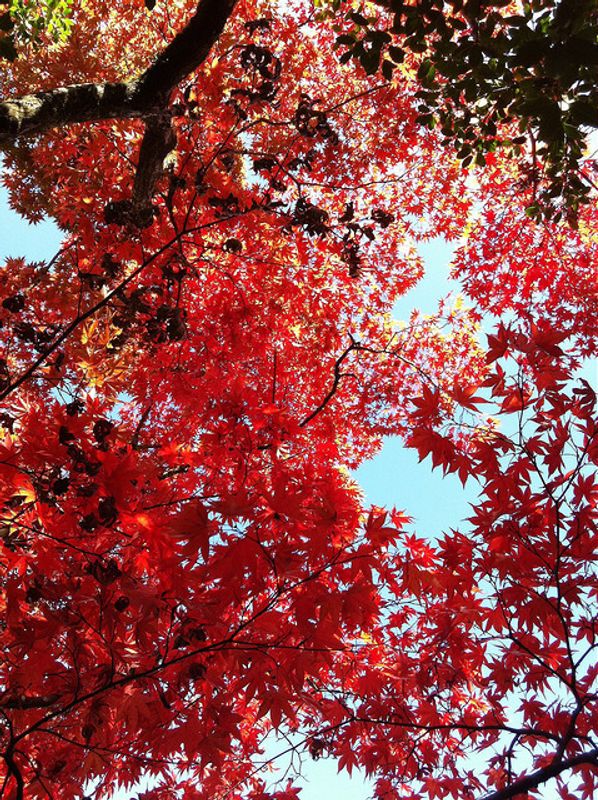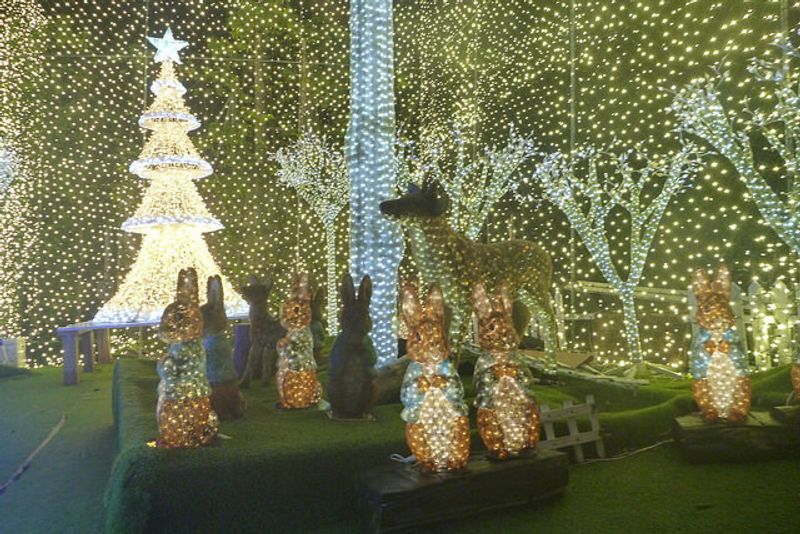Nov 28, 2016
Ten Seasons That You Might Only Know in Japan
When we hear seasons, we usually think of the four seasons of the year, and how Japan mostly has only two of those: Too hot & humid or cold and dry.
There are some other seasons in Japan that you will experience when you live here. Some of them are weather and season related but some are more gift giving or travel related.

1. 花見 (Hanami / Flower Viewing) Season
Spring (or early April) is the start of the new fiscal and school year. During the spring season we can see sakura or cherry blossoms blooming and enjoy hanami with drinks and food.
This is a bittersweet symbol for endings and new beginnings in Japan.
2. Golden Week and 五月病 (Gogatsu Byou / May Sickness) Season
The end of April and beginning of May have five national holidays falling within one week. Right after everyone gets used to the new school year or new job, we get a nice break or frantic traveling holiday. Then it's back to life as usual. Some people get a bit depressed at returning to work or school, and this is called Gogatsu Byou, or May sickness. Not a serious depression, more just a dissatisfaction with the current life.
3. 梅雨 (Tsuyu / Rainy) Season
The rainy season in Japan is around early June until mid July and the amount of rainfall is not always much to say anything about. Sometimes it rains a ton, daily downpours, but sometimes it's only around once a week. It's a good idea to have rain boots, an umbrella, plus a towel with you at all times during this season. All this rain gets the plants really going in time for summer.

4. かき氷 (Kakigouri / Shaved Ice) Season
Summer vacation for students is from the end of July through August for the most part. It's just hot and humid and people have the urge to eat lots of shaved ice. Kakigoiri is sold everywhere from family restaurants and cafes to summer festivals. This is also, not surprisingly, fireworks, travel and beach season. It's also the time when gifts called Ochugen are given.
5. 台風 (Typhoon) Season
The back side of the rainy season in late summer and early fall that comes with heavy wind. Varies from year to year and depends on your location in Japan. Usually not a big deal unless you're fairly close to the ocean, although that is most of Japan. Typhoons can do some damage but are rarely cause for businesses or schools closing.

6. 紅葉 (Kouyou autumn leaves) Season
By mid October it usually starts to cool down and at least the humidity is under control. Depending on location, the leaves start to change and we can see brilliant cherry red maple leaves and gold ginkgo leaves. Here's another opportunity for traveling, to see the leaves in beautiful parks and in nature of course. There is a quick break in late September (silver week) but unless you're in Hokkaido that's too early for autumn leaves. Kouyou is sort of an autumn version of hanami.

7. イルミネーション "Illumination" Season
In the fall it starts to get cold & dry (and dark), but after the leaves start falling, we get a different colorful treat. Illumination is popular in Japan, more of a large scale Christmas lights decoration, usually done by large companies. These can be seen around shopping malls and at theme parks for promotion. I don't really see individuals putting up lights around their houses, but illuminations are bigger and make for a great place to go on a Christmas date.
8. クリスマス Christmas Season
Not that Japanese people usually celebrate Christmas – it's a work day and you won't see live Christmas trees for sale. I usually see decorations and hear Christmas music in stores, as it's a commercial holiday. In Japan, Christmas is a day to eat KFC (Kentucky), go on a date, and eat Christmas cake (sponge cake with strawberries - not at all like real Christmas cake). People are shocked when I tell them we don't eat fried chicken or cake for Christmas in the US.
This might as well be Nabe Season. All winter, Nabe, or hot pot, is the yummy meal that keeps you warm and never gets old.
9. 大正月 (OShogatsu New Year)
It's traditional to visit family for the new year, eat traditional new year food (osechi), and get some much needed time off from working. Almost everything will be closed for a few days or more, thus the need for the special food prepared or purchased in advance. There are tons of new year season traditions in Japan, like Hatsumode. Hardly the wild drinking party it's become elsewhere, it's a very quiet holiday. The new year begins with ringing the bell at the local temple and eating really long noodles at midnight. One more thing I'll mention is Oseibou, an old gift giving tradition just like Ochugen during summer.
10. バレンタインデー Valentine's Day or Chocolate Season
Valentine's day is funny in Japan. Girls give boys chocolate. But as the tradition goes, one month later, on March 14th, boys (rarely) return the favor with white chocolate, for White Day.



3 Comments
SalarymanJim
on Nov 28
I was at Midtown in Tokyo the other night. They've got that strange 'blue field' of lights that really draws in the crowds. I was watching it for a bit and then all of a sudden the pattern changed and a part of it turned into a display where 'Toshiba' was written in the lights. I thought that was a bit disappointing. Certainly for those couples on a date staring out at it.
helloalissa
on Nov 30
@SalarymanJim Haha, yep, and I should have mentioned, the fireworks displays are also often sponsored by local businesses. Everything has become a commercial opportunity.
SalarymanJim
on Dec 1
@helloalissa Isn't that the truth?!